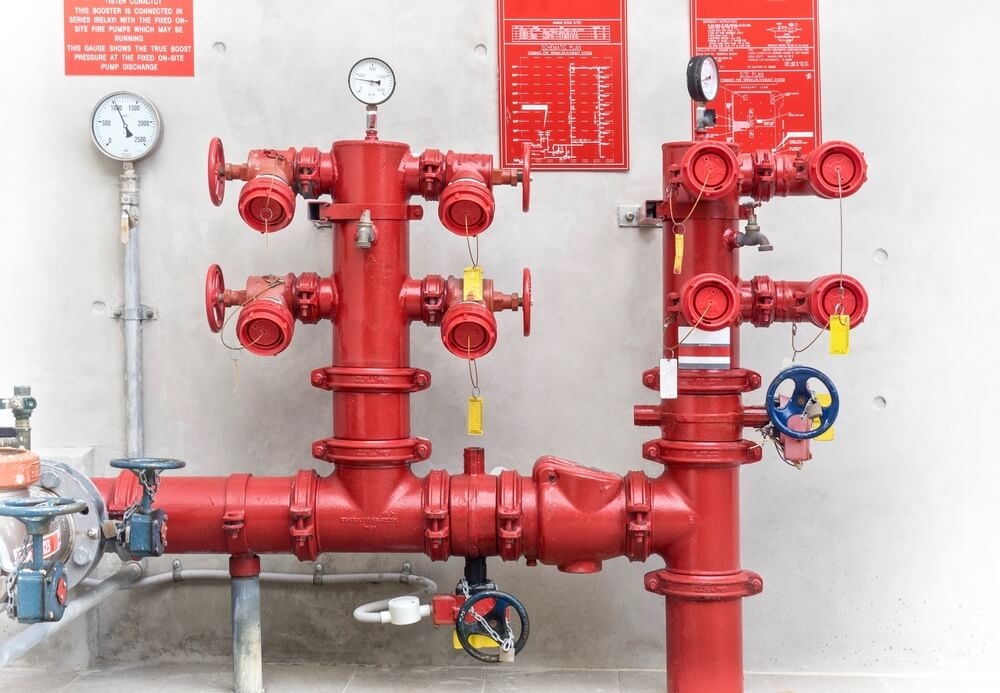What Is The Fire Protection System?
The fire protection system is an important component of a building’s safety plan. Without a fire protection system, the lives of those inside the building are placed at high risk during an emergency. Regardless of whether it’s a commercial facility, hospital or educational facility, they need a fire protection system.
Fire suppression systems, smoke detectors, and sprinkler systems are the types of fire protection systems. These systems help with fire detection and protecting building occupants and equipment.
How does a Fire Protection System Functions?
Systems work in different ways, but all have a common goal to detect a fire and protect the building, its occupants, and valuables. Common fire protection systems are a smoke detector and a sprinkler.
If a fire sparks, smoke sets off the detector causing the sprinkler system to activate. The water protects against the spread of fire.
While this is an effective method, when dealing with certain critical equipment or special hazards, automatic fire suppression systems using clean agents are a better choice. These systems detect and suppress fire while leaving no residue.
What are the Different Types of Fire Protection Systems?
A fire protection system can be categorized as either active or passive.

1. Active Fire Suppression System
Active fire suppression systems require some kind of action to undergo their intended purpose. Whether it is to trigger an alarm or release a clean suppression agent.
Fire detection systems may seem passive but they are actually considered active fire protection. It can be combined with a suppression or sprinkler system to extend its protection.
2. Passive Fire Protection System
Passive fire protection is often forgotten but equally as important and must be combined with active fire protection systems for full fire protection. Passive fire protection systems are those systems put in place within the structure of the building and require no human interaction to do what they were intended to do.
For example, fireproofing walls or compartmentalization of a building can prevent the spread of a fire without any human action or even the need for electricity. Emergency lighting and exit signs are also considered examples of passive fire protection.
Benefits of Fire Protection Systems

One of the main benefits of a fire protection system is that in the long run, it saves money. Think of a business and what investments are made in manufacturing equipment, information technology hardware, and infrastructure.
If a fire impacts operations for a significant period of time, it could cost a company millions of dollars. A prime example is a machine shop that manufactures parts. If the shop were to experience a fire and shut down for multiple days or weeks, the business would suffer immensely.
Equipment may need to be replaced, and valuable contracts could be lost. Businesses must take into consideration all factors when they look at the price of a fire protection system.
Another benefit of some types of fire protection systems is the automatic dispatching of emergency services. These systems will work to immediately suppress the fire, while also notifying the authorities to send emergency professionals to your location.
Let us help you. We are a Fire Extinguisher Supplier and provide Fire Protection Systems in Malaysia. For more information about fire extinguishers in Malaysia, call us at 03 – 7831 4791 or email us at [email protected]



















